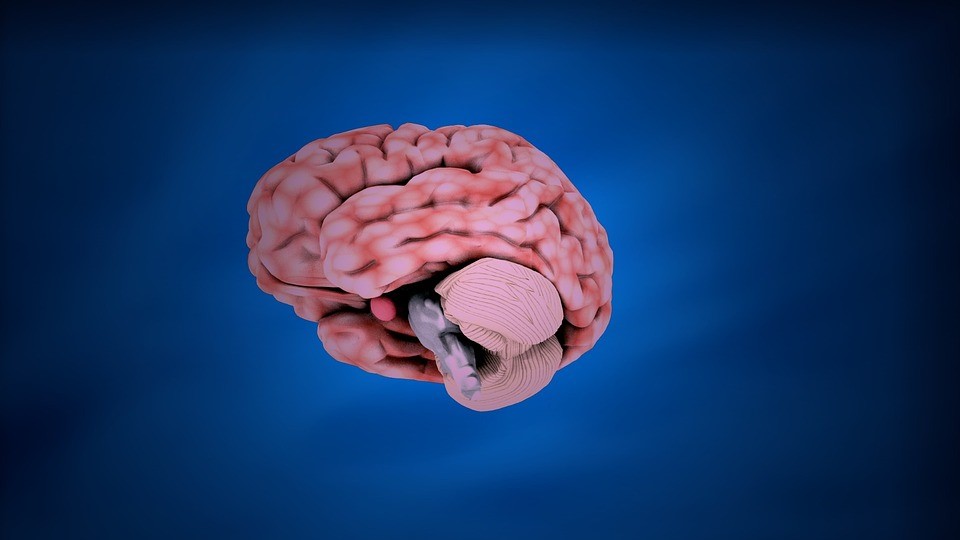
By Heather Hamilton, contributing writer
Researchers from HRL Laboratories, LLC recently determined how noninvasive direct current stimulation (tDCS) has the potential to increase performance of associative learning. By applying tDCS to the prefrontal cortex, the team discovered that it affects a large portion of the brain, which causes changes in functional connectivity between different areas. This lead to a quicker learning speed in tests on macaques.
The study is a collaboration with McGill University in Montreal and Soterix Medical in New York, sponsored by the Defense Advanced Research Project Agency Restoring Active Memory program. It appears in an October 12, 2017 issue of Current Biology.
The discovery has allowed the researchers to target stimulation and intervene at critical points at which the formation of memories is most likely to occur and shows animal learning accelerated by approximately 40% when given 2 mA noninvasively to the prefrontal cortex without increased neuronal firing.
Previous reports concluded that there was no effect on neuron firing rates in cadaver heads, but this confirmation of tDCS as a learning aid tells a different story — tDCS speeds up learning as evidenced by behavioral changes and learning is improved, regardless of neuron firing rates. The research showed that modulated connectivity between brain areas, and not neuron firing rates, accounted for an increase in learning speed.
In the study, macaques demonstrated associative learning, creating associations between visual stimulus and a reward location. Researchers refer to it as a visual foraging task and say it took 15 seconds, down to 2 when the animals learned the location of the reward. Macaques took an average of 22 trials to learn how to correctly obtain the reward. With tDCS, this dropped to 12.
“In this experiment, we targeted the prefrontal cortex with individualized non-invasive stimulation montages,” says Dr. Praveen Pilly, HRL’s principal investigator on the study. “That is the region that controls many executive functions including decision-making, cognitive control, and contextual memory retrieval. It is connected to almost all the other cortical areas of the brain, and stimulating it has widespread effects. It is also the target of choice in most published behavioral enhancement studies and case studies with transcranial stimulation. We placed the tDCS electrodes on the scalp in both our control and stimulation conditions. The behavioral effect was revealed when they learned to find the reward faster.”
Pilly believes that the improved long-range connectivity between brain areas in high-frequency bands and less connectivity in low-frequency bands helped researchers explain learning improvements with tDCS in the prefrontal cortex. “Just because neurons can be more brisk in their firing may not lead to changes in performance,” he said. “Boosting memory function likely requires better coordination of task-relevant information across the cortex.”
Eventually, the team will pursue FDA approval for the device, which they believe will lead to widespread use of the technology within five or 10 years.
Sources: Next Big Future, HRL Laboratories, Current Biology
Image Source: Pixabay
Advertisement
Learn more about Electronic Products Magazine





